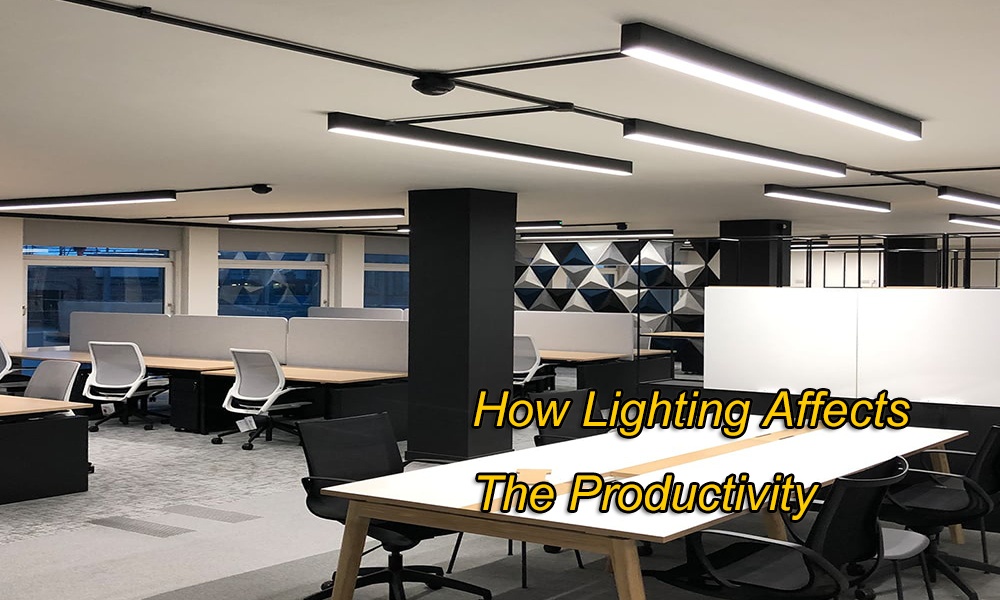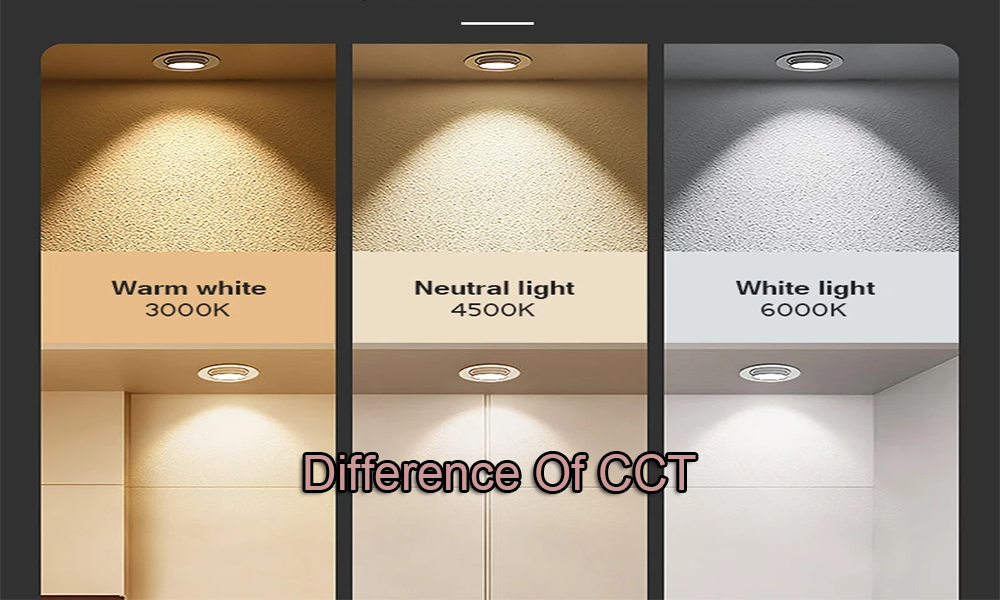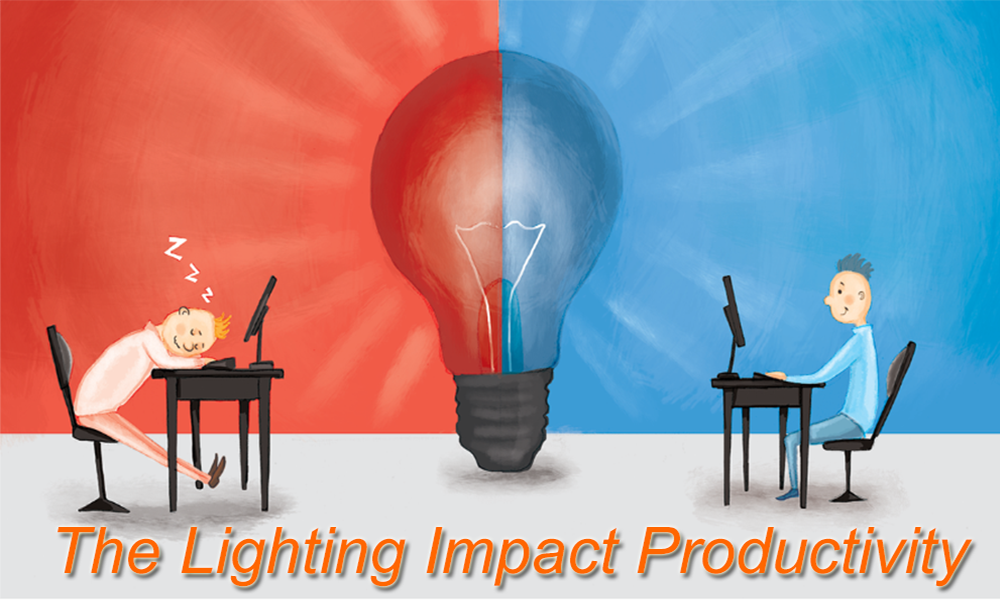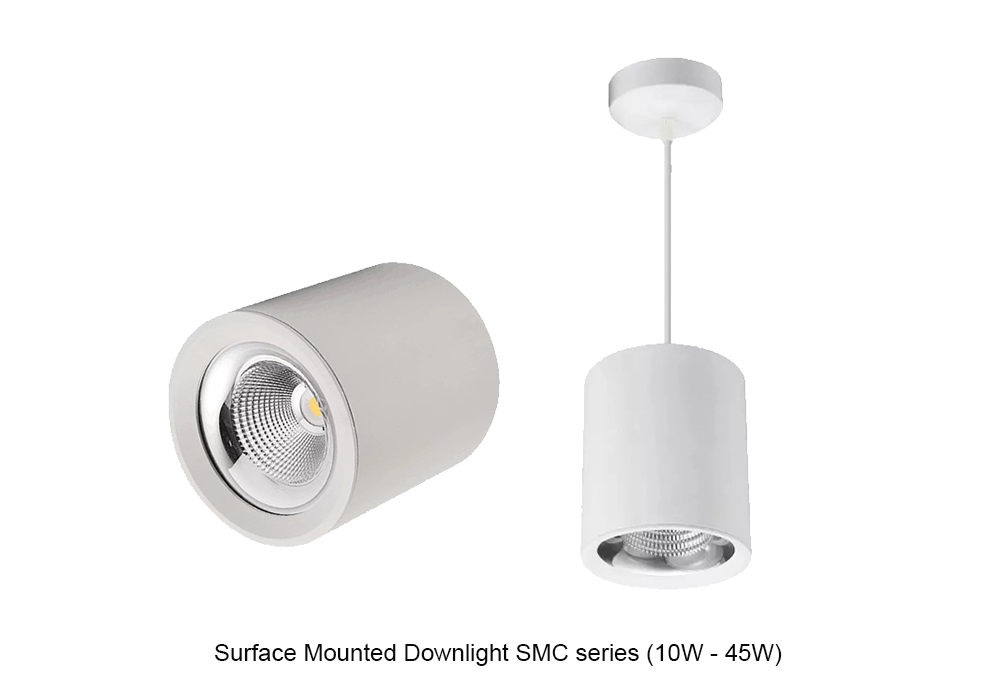Just as much as home, lighting is necessary for the workplace. Modern is an era of efficient and social development, if we can not improve work efficiency, it will be eliminated by the society, and lighting is one of the reasons that affect our work efficiency. Improper lighting prevents employees from completing their work efficiently and can lead to eye strain, headaches and depression. Proper lighting benefits employee health, which increases productivity and satisfaction. Various factors work together to create appropriate lighting in the workplace.
One of the most striking factors influencing how we work is the color temperature of the light source we’re exposed to on a regular basis.

What Is The Color Temperature?
Correlated colour temperature (CCT) is one measure of the quality of white light. CCT is measured in kelvin (K) and gives us a precise and quantifiable means of expressing the hue of a white light. The temperature of light determines what color or tint it’ll be, and that color or tint places it in different categories, such as warm, nature or cool.
l2700K-3500K: Warm light, similar to a halogen light wich creates a comfortable and relaxing environment and is best for office breakrooms
l4000K-4500K: Netural light, which is suitable for lighting an entire room. It improves mood, productivity and alertness and reduces fatigue while being able to illuminate larger spaces. ideal for office.
l5000K and above: Cool light ideal for commercial locations.

How Does Lighting Impact Productivity?
Lighting design in offices influences productivity. If the lighting is poor and causes eye strain and headaches, employees will become progressively dissatisfied with their work environment. When you use lighting design to your advantage, you can help create the best workspace possible for your team. Here are some of the negative elements improper lighting can have on your office:
Bright lighting: This kind of lighting is problematic for people with photosensitivity. It can trigger migraines and cause eye pain and discomfort.
Flickering lights: People can be sensitive to flickering lights, especially those who experience migraines. If you have employees with epilepsy, it’s extremely important to prevent flickering lights in your office.
Glare and color contrast: High color contrast and computer glare can cause headaches and result in eye strain.

How to improve your office’s lighting
1. Utilize your room’s natural light
Windows -can provide abundant natural light, which is much easier on human eyes and incorporates the world outside your room. Additionally, more natural light around your work desk can help you concentrate on your various tasks more effectively.
2. Add overhead lights
Not all Spaces can be filled with natural light, Placing overhead lights in otherwise dark corners or spaces in your office will help lift the mood and create a more welcoming ambiance. This will keep you alert and focused on your work rather than dreary and unable to concentrate.
3. Finish with backdrop lighting
This is especially true in the digital age, as we work on computers and mobile devices that produce lighting that leaves something to be desired. Ambient light can alleviate the strain from computer and phone screen lighting while offering a welcoming space for employees to work.
4. Installing dimmable lighting
Dimmable light allows you to control lighting levels and positioning is crucial to maintaining a comfortable work environment. Being able to dim the lights at different times of the day by reducing glare and improving mood and reducing the blue light from LEDs helps improve employee work patterns. Happier employees will work more efficiency.

Conclusion
Proper lighting benefits employee health, which increases productivity and satisfaction. It is necessary to create appropriate lighting in the workplace.